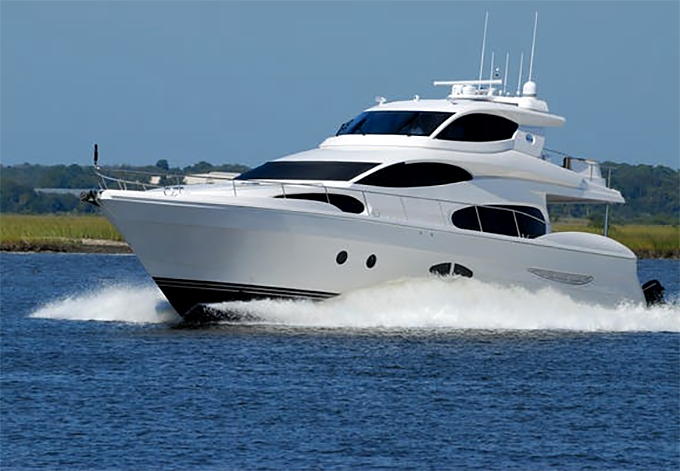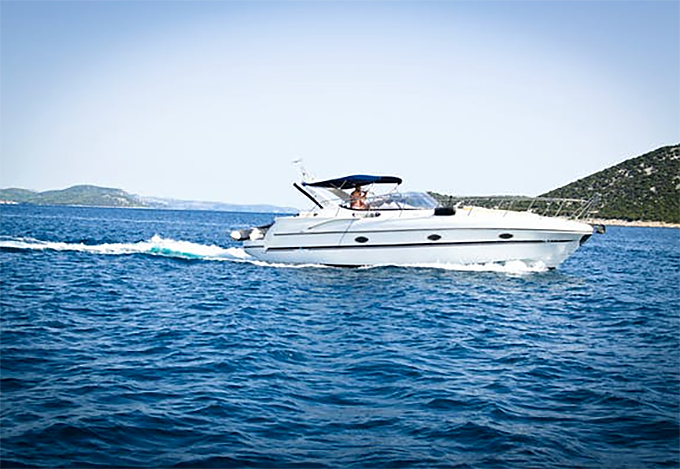words Alexa Wang

If you’ve decided that you want to buy a yacht, congratulations! Owning a yacht is a wonderful experience that can provide you with years of enjoyment. But before you start shopping for your dream yacht, it’s important to make sure that you have your finances in order. It’s important to remember that yachts are a significant investment, so you’ll need to have a clear budget in mind before you start shopping. Here’s how to plan your finances when buying a yacht.
1. Determine how much you can afford to spend
This is the first and most important step in planning your finances for a yacht purchase. It’s important to be realistic about how much you can afford to spend, as it will help you narrow down your search and avoid overspending. Take a close look at your financial situation and determine how much you can realistically afford to spend on a yacht. Also, yacht delivery costs and maintenance costs should be factored into your budget. It’s important to remember that owning a yacht is a major financial commitment, so make sure you’re prepared before making any decisions.
2. Get pre-approved for financing
If you’re planning on financing your yacht purchase, it’s important to get pre-approved for a loan before you start shopping. This will give you a better idea of how much you can afford to spend and what kind of interest rate you’ll be able to get. It’s also a good idea to shop around for loans and compare interest rates before making a decision. Additionally, be sure to factor in the cost of insurance when budgeting for your yacht. This is an important expense that is often overlooked by first-time buyers.
3. Save for a down payment
If you’re paying cash for your yacht, you’ll need to make sure you have enough saved up for a down payment. This is typically 20% of the purchase price, but it can vary depending on the type of yacht you’re buying and your financial situation. It’s important to have a solid down payment saved up before you start shopping, as it will help you get a better loan rate and avoid having to finance the entire purchase price. It’s also a good idea to have a contingency fund saved up in case you need to make any unexpected repairs or upgrades to your yacht.
4. Choose the right yacht for your needs
Once you’ve determined how much you can afford to spend and saved up for a down payment, it’s time to start shopping for your dream yacht. It’s important to take your time and choose the right yacht for your needs. Make sure to do a thorough research, including checking out different seller websites, like this JFA Yacht, to compare prices and whether they have the type of yacht you are searching for. This can help you find the best option for your needs, and ensure that you can get the experiences you’ve been looking for from this investment.
There are many different types of yachts on the market, so it’s important to do your research and find the one that best suits your lifestyle. You’ll need to decide what size yacht you want. Yachts come in a wide range of sizes, from small vessels that can comfortably accommodate a few people to larger ships that can accommodate dozens.
When considering whether to buy a new or used yacht for sale, it’s important to consider cost, maintenance requirements, and maneuverability. While a new yacht offers the latest features and technology, a used yacht can provide a more cost-effective option and still offer many of the amenities and capabilities of a newer model.
5. Closing costs and fees
When buying a yacht, there are a few closing costs and fees that you’ll need to budget for. These include the cost of the survey, sea trial, and closing costs. These fees can vary depending on the type of yacht you’re buying and your financial situation, so it’s important to be aware of them before making a purchase. Additionally, you’ll need to factor in the cost of registration and taxes when budgeting for your yacht. Also, be sure to set aside money for fuel, as this can be a significant expense when owning a yacht. It’s important to factor all of these costs into your budget before making a purchase to avoid any financial surprises down the road.
6. Maintenance and running costs
Owning a yacht is a major financial commitment, so it’s important to be prepared for the ongoing maintenance and running costs. These can include the cost of fuel, dockage, insurance, repairs, and upgrades. It’s important to factor these costs into your budget before making a purchase, as they can add up quickly. Additionally, you’ll need to set aside money for routine maintenance, such as oil changes and boat cleanings. It’s also a good idea to have a contingency fund saved up in case of any unexpected repairs or upgrades. This is an important expense that is often overlooked by first-time buyers.

Owning a yacht is a major financial commitment, but it can be a very rewarding experience. There are many different types of yachts on the market, so it’s important to do your research and find the one that best suits your needs. You’ll also need to factor in the cost of insurance, dockage, repairs, and fuel when budgeting for your yacht. By knowing the upfront costs and ongoing expenses associated with yacht ownership, you’ll be better prepared to make a financial commitment.





